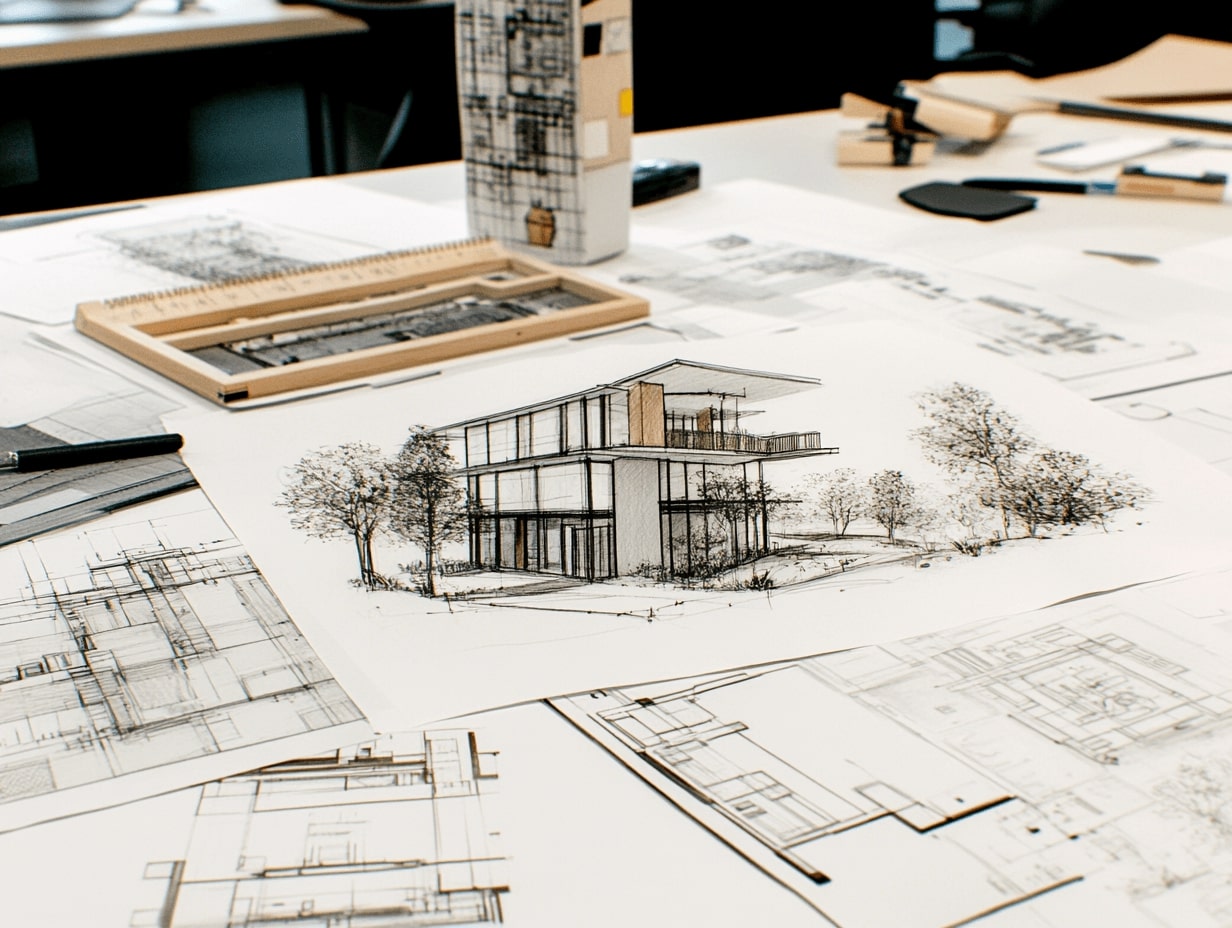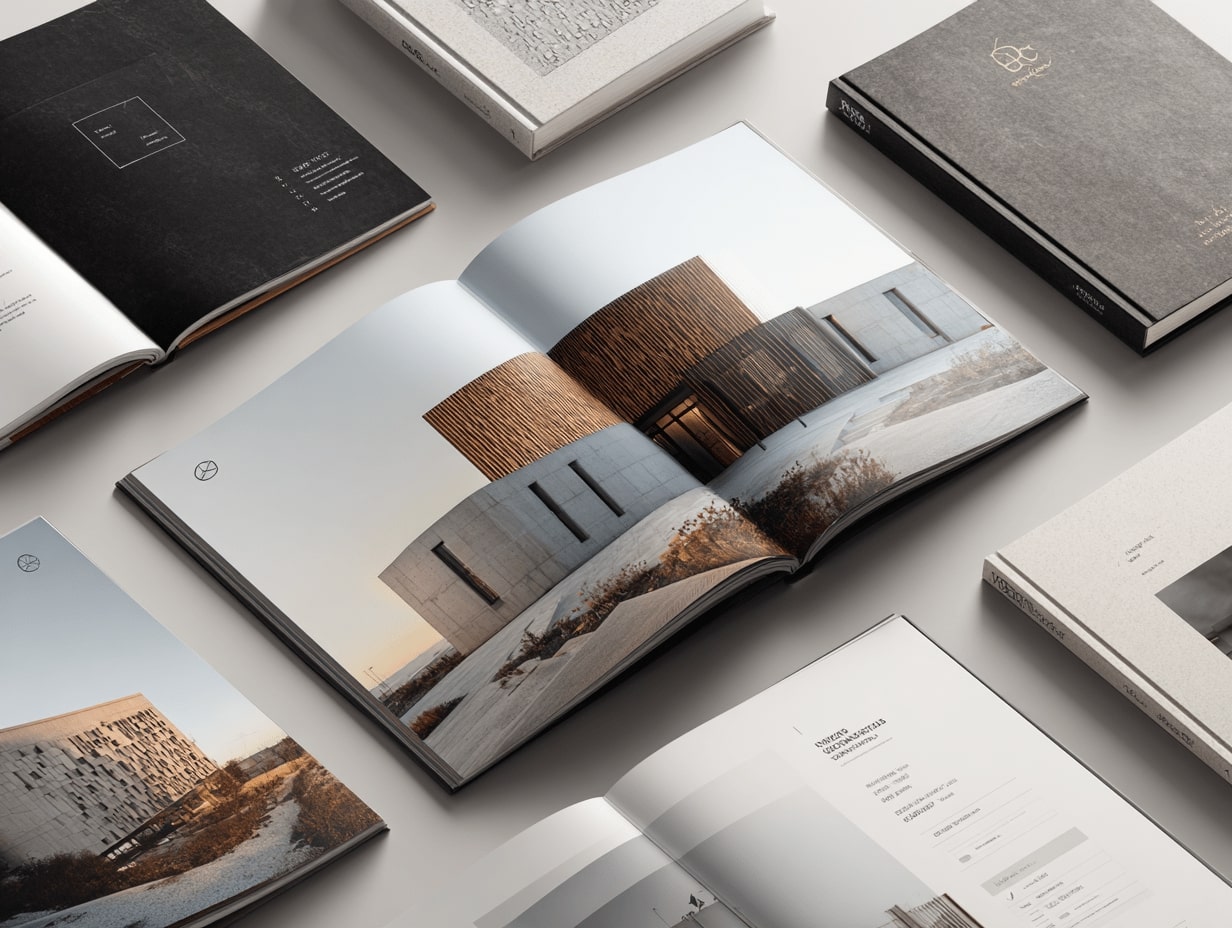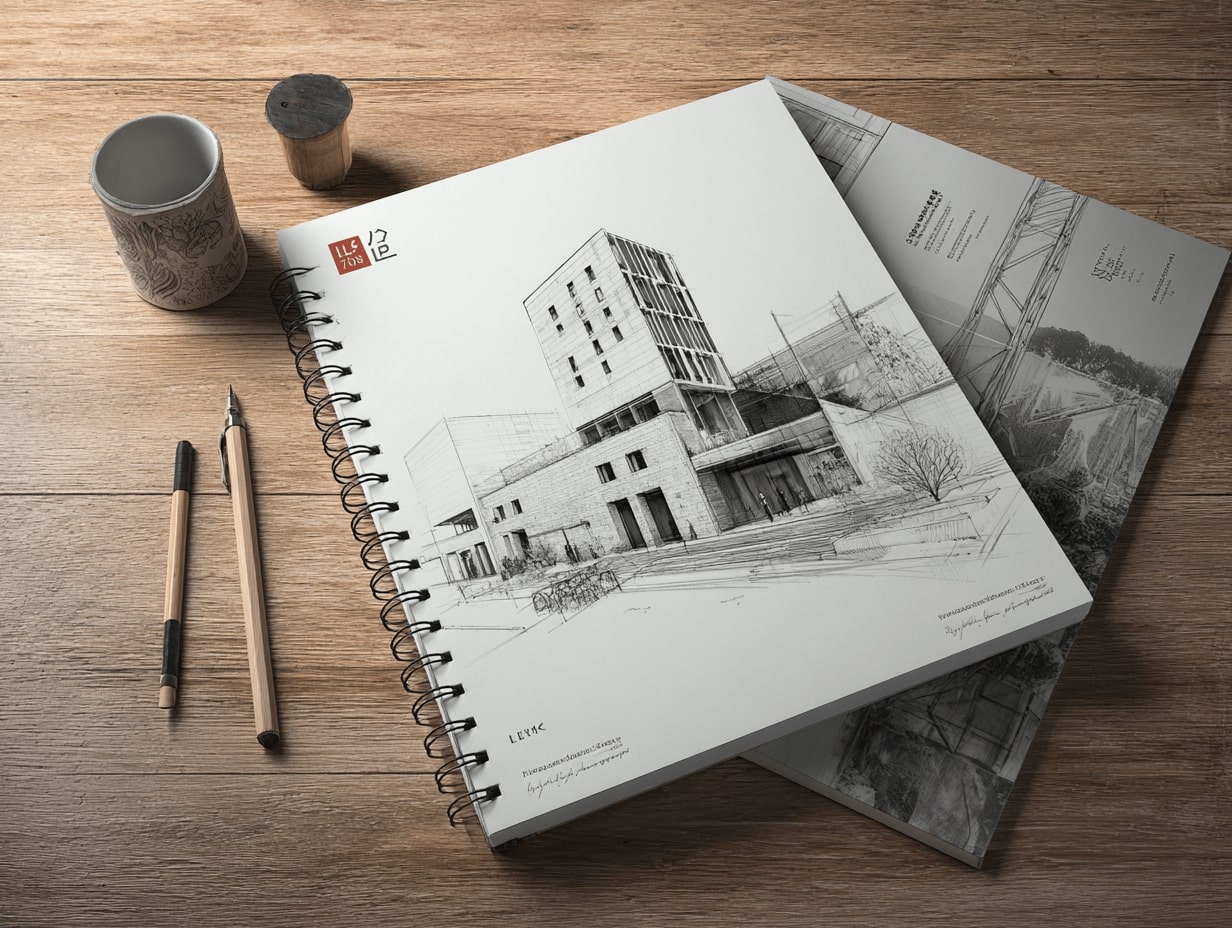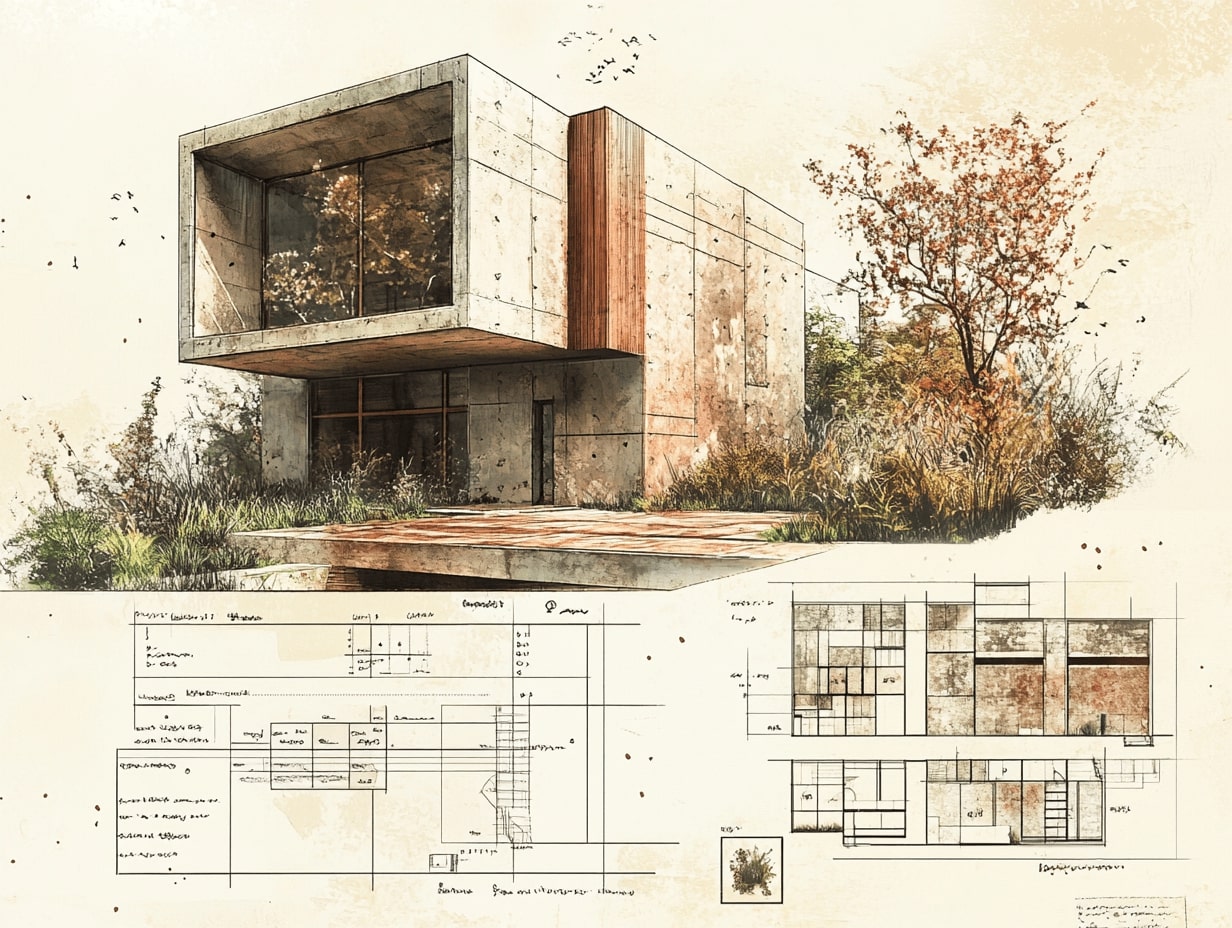- Home
- Articles
- Architectural Portfolio
- Architectral Presentation
- Inspirational Stories
- Architecture News
- Visualization
- BIM Industry
- Facade Design
- Parametric Design
- Career
- Landscape Architecture
- Construction
- Artificial Intelligence
- Sketching
- Design Softwares
- Diagrams
- Writing
- Architectural Tips
- Sustainability
- Courses
- Concept
- Technology
- History & Heritage
- Future of Architecture
- Guides & How-To
- Art & Culture
- Projects
- Interior Design
- Competitions
- Jobs
- Store
- Tools
- More
- Home
- Articles
- Architectural Portfolio
- Architectral Presentation
- Inspirational Stories
- Architecture News
- Visualization
- BIM Industry
- Facade Design
- Parametric Design
- Career
- Landscape Architecture
- Construction
- Artificial Intelligence
- Sketching
- Design Softwares
- Diagrams
- Writing
- Architectural Tips
- Sustainability
- Courses
- Concept
- Technology
- History & Heritage
- Future of Architecture
- Guides & How-To
- Art & Culture
- Projects
- Interior Design
- Competitions
- Jobs
- Store
- Tools
- More
Creating an Impressive Undergraduate Architecture Portfolio: Tips and Strategies for Success
Unlock your architectural potential with a standout undergraduate portfolio! This article delves into the art of crafting an impactful visual resume, emphasizing project selection, presentation, and personal style. Discover essential tips to showcase your design skills, avoid common mistakes, and create a cohesive narrative.

Crafting an impressive undergraduate architecture portfolio is a crucial step in showcasing our skills and creativity. It serves as our visual resume, highlighting not only our design abilities but also our unique perspective on architecture. In a competitive field, a well-curated portfolio can set us apart and open doors to exciting opportunities.
As we embark on this journey, it’s essential to understand what makes a portfolio stand out. From selecting the right projects to presenting them effectively, every detail matters. We’ll explore tips and strategies to help us create a portfolio that truly reflects our passion for architecture and our potential as future architects. Let’s dive into the key elements that can elevate our work and captivate our audience.

Table of Contents
ToggleImportance Of An Undergraduate Architecture Portfolio
An undergraduate architecture portfolio plays a crucial role in showcasing our design capabilities and unique viewpoints. A compelling portfolio stands out in a competitive landscape, creating pathways for potential opportunities.

Showcasing Skills
An architecture portfolio highlights our skills effectively. It showcases technical abilities, such as drafting, modeling, and software proficiency, alongside our creative talents. Including a variety of project types demonstrates versatility. For example, we might incorporate residential designs, public spaces, and conceptual projects. We can effectively articulate our design thinking process by presenting sketch work and final renders, illustrating our journey from ideation to execution.
Reflecting Personal Style
A portfolio reflects our personal style and perspective. It allows us to express our design philosophy and values. Choosing projects that genuinely resonate with our interests helps convey our passion and vision. We can establish a coherent narrative by organizing projects in a manner that highlights thematic connections and stylistic choices. Personal touches, such as custom layouts and unique presentation formats, further strengthen our individual identity within the architectural community.
Key Components Of An Architecture Portfolio
An architecture portfolio must effectively showcase our design skills and unique perspectives. We focus on key components that contribute to a compelling presentation.

Project Selection
Selecting the right projects forms the backbone of our architecture portfolio. We emphasize diversity in project types, including residential, commercial, and conceptual designs. Projects should reflect our technical skills, creativity, and personal interests. Aim for a balance between complexity and clarity—select a few strong examples that demonstrate our best work rather than a lengthy collection. Unique projects highlight our design philosophy, while a mix of completed and conceptual work displays evolution in our design thought process.
Presentation and Layout
Effective presentation and layout enhance the overall impact of our portfolio. We prioritize a clean, organized design that allows each project to shine. Consider using consistent visual elements, such as fonts and color schemes, to unify the presentation. Each project should include essential information, such as project title, date, and a brief description. Use high-quality images and drawings to illustrate our design process and outcomes. Incorporating sketches, models, and photographs further enriches the visual narrative, allowing viewers to engage with our work deeply. Keep the layout intuitive, guiding viewers through our portfolio seamlessly.
Tips For Creating A Standout Portfolio
Creating a standout undergraduate architecture portfolio involves thoughtful consideration of format and project presentation. We’ll cover essential tips to enhance the visual and contextual impact.

Choosing the Right Format
Selecting the appropriate format for our portfolio is crucial. We can choose between physical and digital formats, depending on our target audience and context.
- Digital Portfolios: Offer flexibility and accessibility. They can include animations, interactive elements, and hyperlinks for additional resources. Use PDF for easy sharing or a dedicated website for a more dynamic presentation.
- Physical Portfolios: Provide a tactile experience. Choose high-quality materials like heavyweight paper to enhance presentation. Ensure a clean layout and consider portfolio sizes that fit easily into standard folders or presentation cases.
- Hybrid Options: Mix both formats by having a digital base with a select few high-quality printed pages for interviews. Use consistent design elements across both formats.
Crafting Engaging Project Descriptions
Engaging project descriptions elevate our portfolio and provide context for our designs.
- Project Overview: Begin each project with a clear title, date, and a brief overview that captures the project’s purpose and unique aspects.
- Design Process: Highlight the design process by explaining our concepts, challenges faced, and solutions implemented. This narrative shows our analytical thinking and creative problem-solving skills.
- Visual Integration: Complement descriptions with visuals. Place relevant sketches, plans, or photographs nearby to create a cohesive story between text and imagery.
- Audience Awareness: Tailor descriptions based on the target audience. Whether it’s academic reviewers or potential employers, align the language and focus to engage them effectively.
- Concise Language: Use straightforward language. Convey main ideas clearly without unnecessary jargon, ensuring our descriptions remain accessible.
Implementing these tips helps us craft a standout portfolio that effectively communicates our design philosophy and skills.
Common Mistakes To Avoid
We recognize that building an effective undergraduate architecture portfolio requires attention to detail. Avoiding common mistakes helps us create a compelling presentation of our work.

Overloading With Content
We often make the mistake of including too many projects in our portfolios. A crowded portfolio can overwhelm viewers and dilute the impact of our strongest work. We should focus on a select few high-quality projects that demonstrate our technical skills and creativity. Five to seven well-chosen pieces typically provide an effective showcase. Each project should convey clear design intent and a cohesive narrative, allowing our best work to shine while minimizing distractions from lesser examples.
Neglecting the Presentation
We sometimes overlook the importance of presentation in our portfolios. A disorganized or visually cluttered layout can hinder communication of our design philosophy. Ensuring a clean, consistent aesthetic enhances readability and engagement. A balanced use of white space, consistent typography, and uniform image quality effectively guides viewers through our work. Incorporating captions and project summaries provides context without overwhelming the visual elements, reinforcing our narrative and ensuring that our ideas are conveyed clearly.
Conclusion
Creating a compelling undergraduate architecture portfolio represents a vital step in our journey as aspiring architects. A carefully curated portfolio not only showcases our design skills but also encapsulates our unique perspectives and individual styles. Selecting a diverse range of projects, including residential, commercial, and conceptual works, emphasizes our technical proficiency and creative capabilities. We focus on presenting a balanced collection that highlights our best work rather than overwhelming viewers with quantity.
Effective presentation plays a crucial role in engaging our audience. We ensure a clean and organized design featuring consistent visual elements that enhance overall impact. Each project benefits from high-quality visuals, such as sketches and photographs, accompanied by concise and insightful descriptions to communicate our design intent clearly. Tailoring these descriptions to the audience maximizes accessibility and engagement.
Avoiding common pitfalls strengthens our portfolios. Limiting the number of showcased projects to five to seven allows us to maintain clarity and coherence. An organized layout, with balanced white space and consistent typography, enhances readability, ensuring our portfolio effectively conveys our design philosophy.
With these strategies and tips, we position ourselves for success by crafting portfolios that reflect our passion for architecture and potential in the field.
- architecture portfolio guidance
- architecture portfolio layout ideas
- architecture portfolio tips
- architecture school portfolio tips
- architecture student portfolio ideas
- architecture undergraduate portfolio advice
- best practices for architecture portfolios
- building a student architecture portfolio
- creating a professional architecture portfolio
- designing an architecture portfolio
- effective architecture portfolio strategies
- how to create an architecture portfolio
- impressive architecture portfolios
- portfolio development for architecture students
- portfolio for architecture college
- portfolio presentation for architecture students
- portfolio strategies for architecture students
I create and manage digital content for architecture-focused platforms, specializing in blog writing, short-form video editing, visual content production, and social media coordination. With a strong background in project and team management, I bring structure and creativity to every stage of content production. My skills in marketing, visual design, and strategic planning enable me to deliver impactful, brand-aligned results.
Submit your architectural projects
Follow these steps for submission your project. Submission FormLatest Posts
Digital Marketing: The New Portfolio for Showcasing Skills and Attracting Opportunities
Discover how digital marketing has revolutionized the traditional portfolio in today's fast-paced...
Essential Tips for a Good Architecture Portfolio to Impress Employers and Clients
Unlock your architectural potential with our essential tips for crafting a standout...
How to Stage a House for an Architectural Portfolio Shoot
A house might look beautiful in person, but through a lens? That’s...
The Process Behind a Successful Architecture Portfolio: Tips for Design and Presentation
Discover the art and strategy behind building a standout architecture portfolio. Learn...












Leave a comment